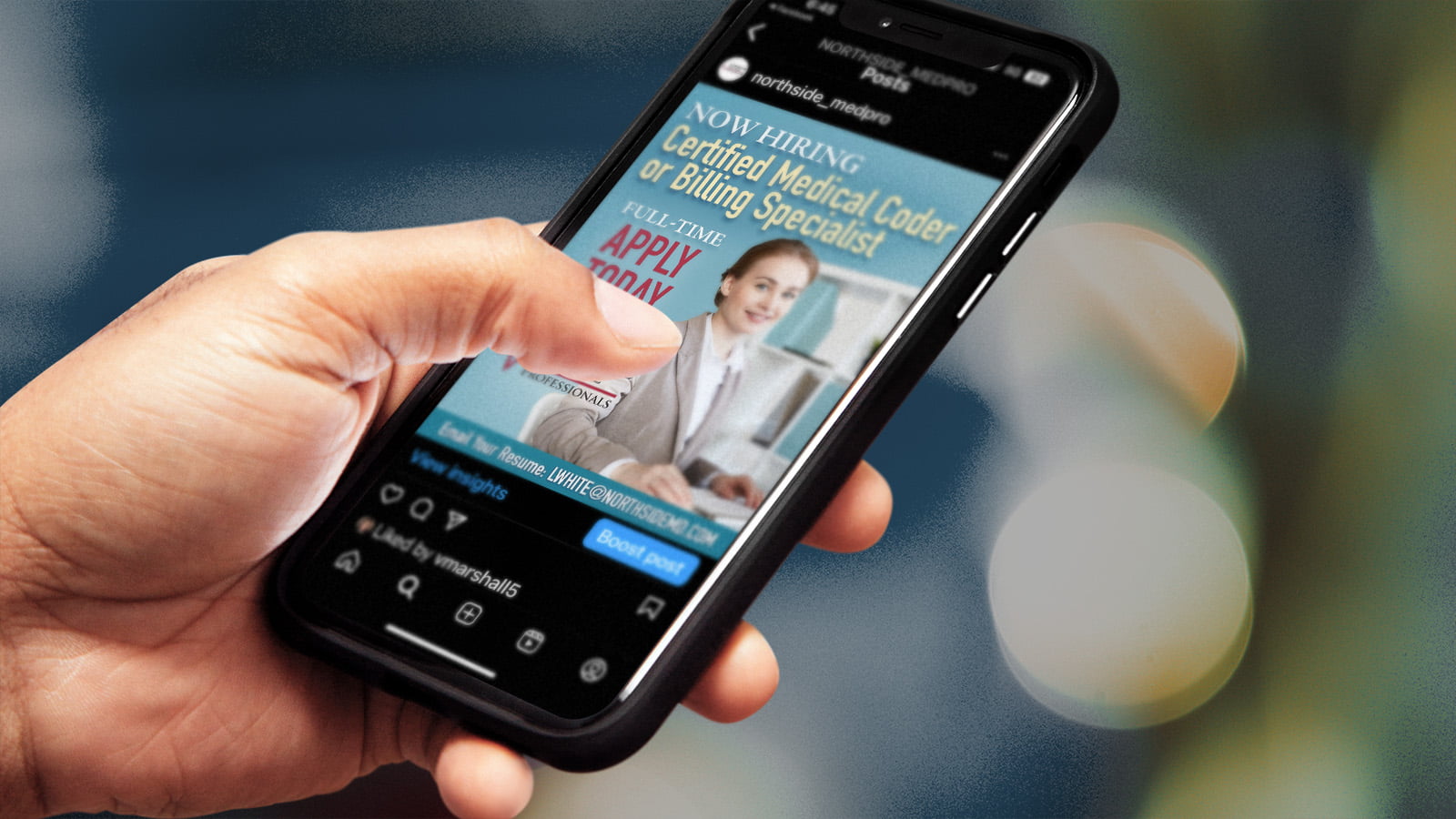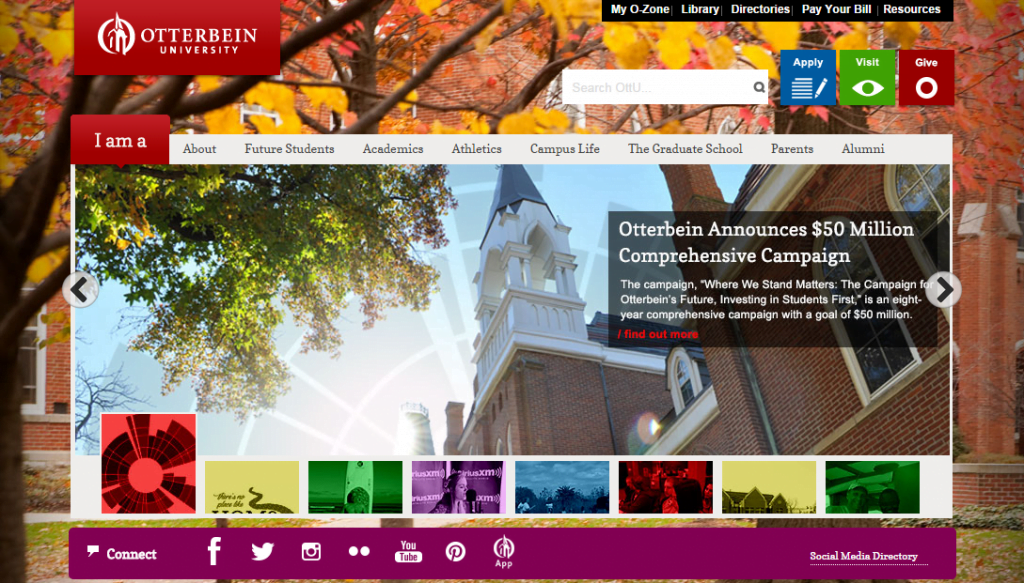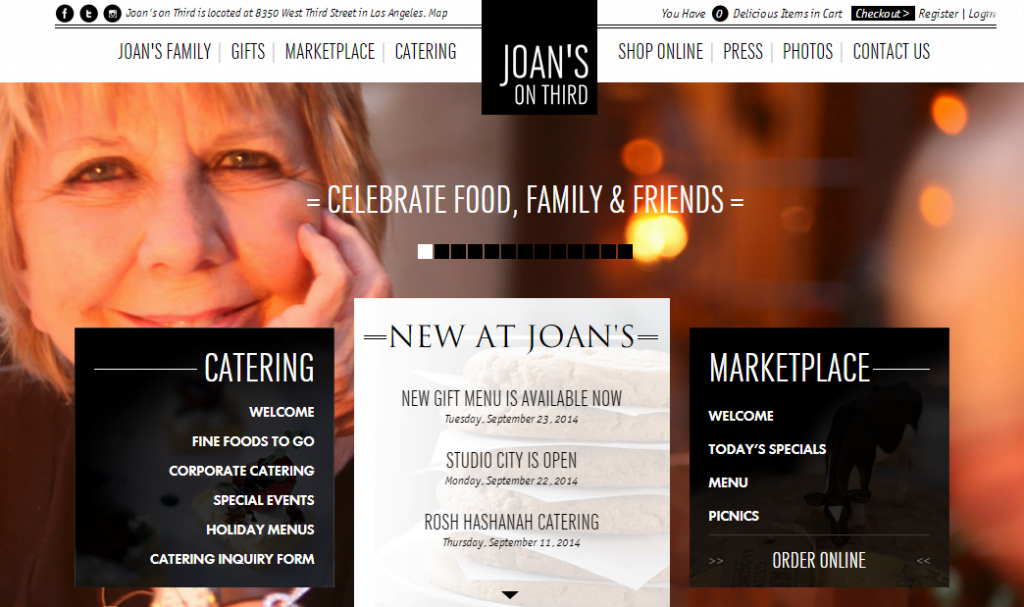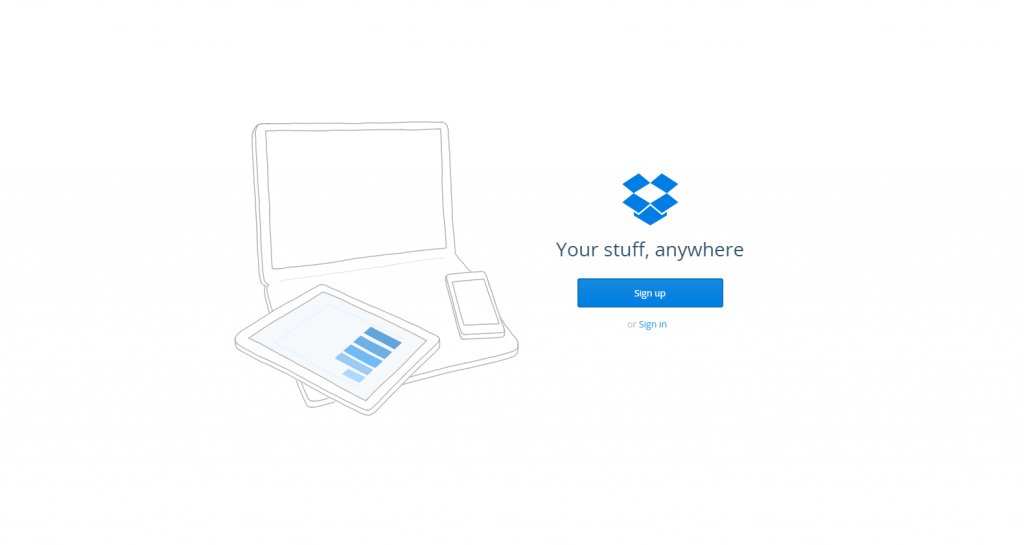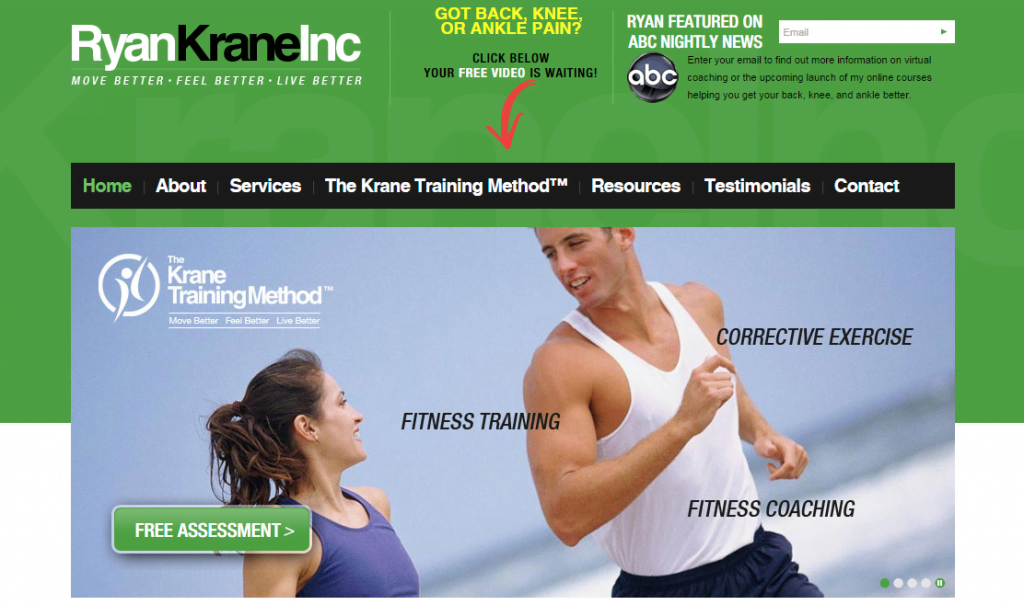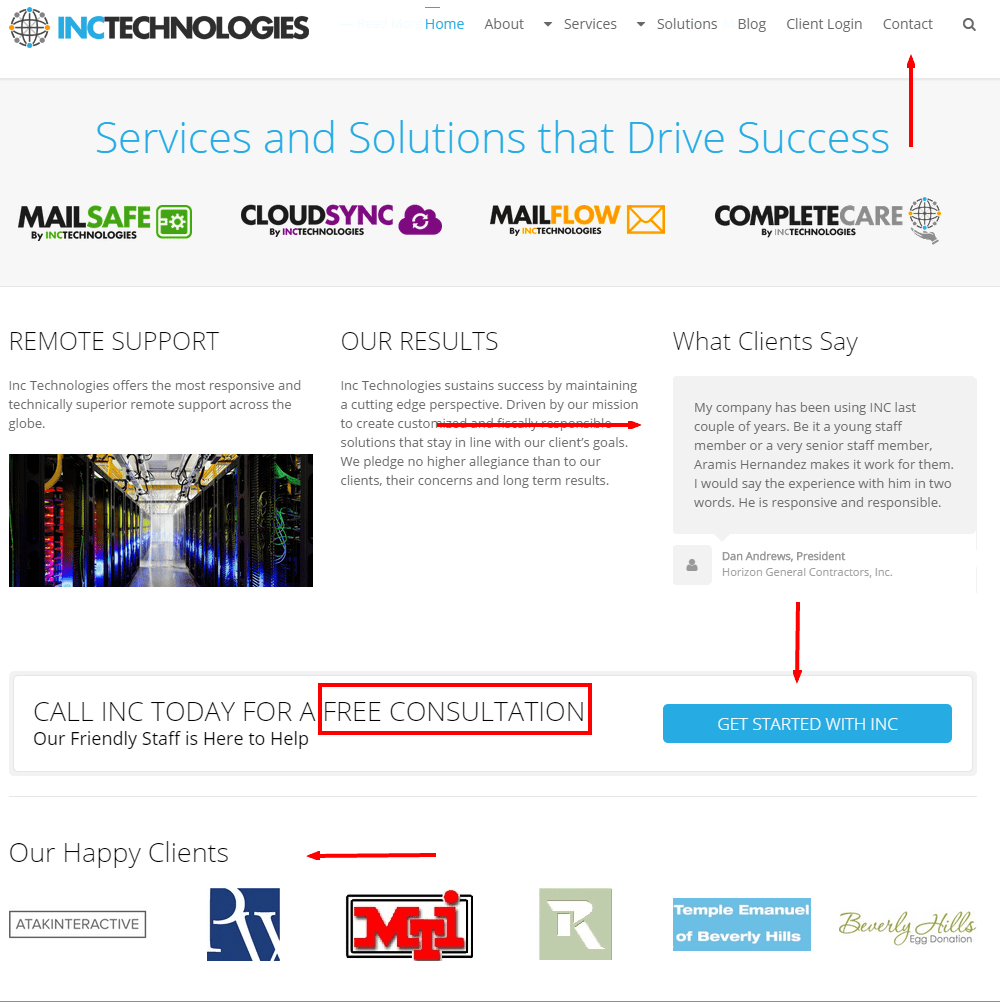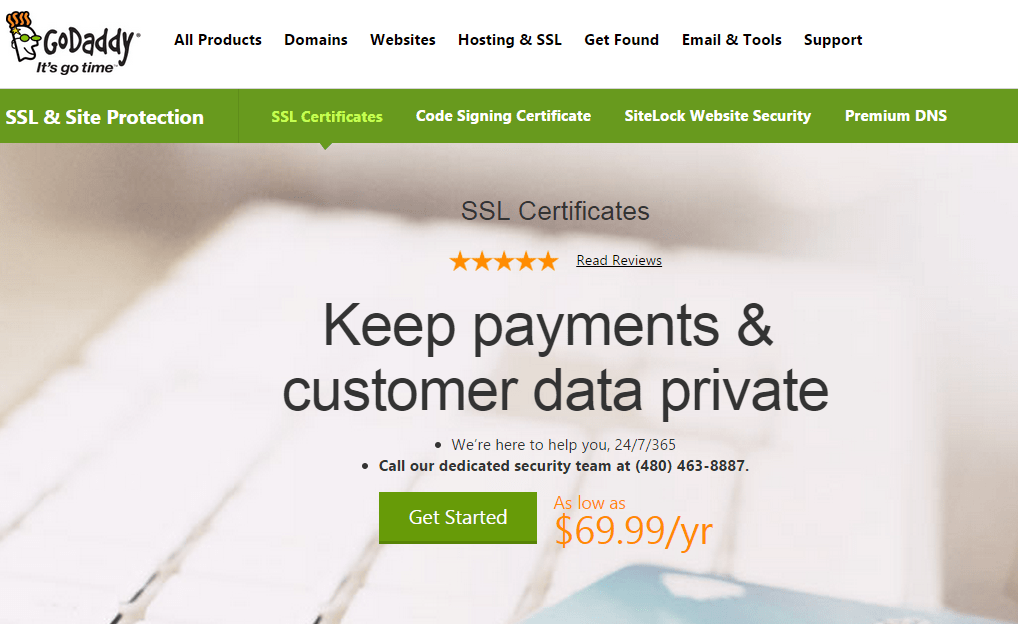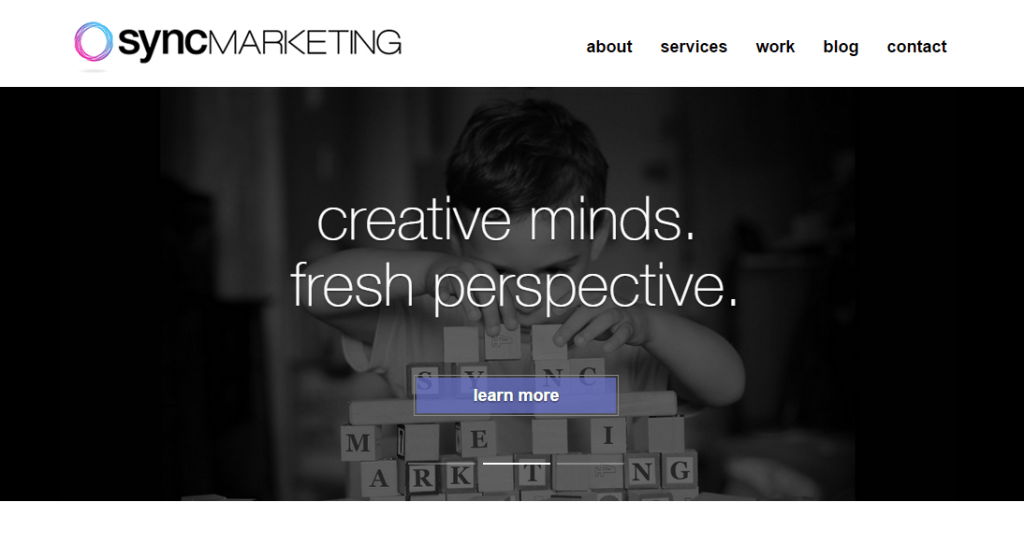
Mastering Conversions in 2024: Key Strategies for Your Website’s Success
As we navigate through the fast-paced digital landscape of 2024, creating a website that attracts visitors and converts them into loyal customers is essential for business success. Online conversions are the lifeblood of your online presence. They are the key to transforming casual browsers into engaged customers. In this blog post, we will delve into 15 essential strategies that can empower your website to drive conversions and fuel business growth. We will provide real-world examples to illustrate how to accomplish each item successfully.
1. Compelling Content
Great content is the cornerstone of your website. It goes beyond mere words; it’s about creating engaging storytelling, informative blog posts, and persuasive product descriptions. Compelling content serves as a magnet, attracting visitors and keeping them engaged. For instance, an e-commerce website selling hiking gear can create engaging content such as hiking guides, gear reviews, and user-generated stories to captivate outdoor enthusiasts and encourage online conversions.
2. Clear Value Proposition
Your value proposition is your unique selling point. It should be clearly articulated on your website, explaining why your products or services are the best solutions to your customers’ problems. Many business owners make the mistake of listing the products or services they offer. To create more online conversion opportunities, a more compelling proposition is created by pointing out what problem your customer has and then how your product or service helps them achieve whatever goal they are coming to you to solve. Make the customer the hero of your story.
3. User-Friendly Design
An intuitive and user-friendly design enhances the overall user experience. It should guide users effortlessly, ensuring a seamless browsing experience that encourages visitors to explore and convert. Amazon’s website is a prime example, with its straightforward navigation and user-friendly features, making it easy for users to browse and purchase products.
4. Responsive and Mobile-First Design
Optimize your website for mobile devices, as an increasing portion of users access websites via smartphones. Your website should provide a smooth and engaging experience on mobile devices. If buttons are difficult to select, the text is too small and jumbled-looking, or if images are misaligned or cut off, visitors will quickly leave your site in search of one that is easier to engage with.
5. Speed and Performance
A slow-loading website can drive potential customers away. Optimizing your website’s speed and performance is crucial for online conversions. Google, for instance, emphasizes speed as a ranking factor, making it a vital component of user experience. To see how Google rates your page speed, go to https://pagespeed.web.dev/ and enter your URL or different page addresses. It will provide results with insights on how to speed things up.
6. Trust Signals
Building trust is fundamental for online conversions. Displaying trust signals such as customer testimonials, reviews, and security badges can reassure visitors and boost their confidence in your brand. For example, e-commerce websites often display trust badges from well-known security providers to instill trust and encourage online purchases.
7. Effective Calls-to-Action (CTAs)
Craft compelling and action-oriented CTAs that guide users toward taking specific actions. Whether it’s signing up for a newsletter, making a purchase, or contacting you, the CTA should be clear and strategically placed. A classic example is the “Sign Up” button. Examine the goals you have for your website and make sure you are making clear what actions you want the visitor to take.
8. Personalization
Personalization is the practice of tailoring content and recommendations based on user behavior. It can significantly boost conversions by making visitors feel understood and catered to. Amazon’s personalized product recommendations based on a user’s browsing and purchase history are a prime example of how personalization drives conversions.
9. Chatbots and Live Chat Support
Offering real-time assistance with chatbots and live chat can make a significant difference in conversions. It provides instant answers to visitor queries and concerns, delivering a personalized touch that enhances trust and encourages conversions. Many websites, especially in e-commerce, use chatbots to assist visitors with product selection and answer frequently asked questions. This site uses a chat tool from https://zoho.com. It has a limited version that is free. It might be a great way to test the waters.
10. Social Proof
Social proof is a powerful conversion tool. It involves showcasing customer reviews, ratings, and endorsements to influence decisions and instill confidence in your brand. TripAdvisor, for example, relies heavily on social proof with user-generated reviews and ratings for hotels, restaurants, and attractions to help users make travel decisions. If you have great ratings on other platforms, there may be tools to integrate those ratings into your website automatically.
11. User Reviews and Testimonials
Displaying genuine user reviews and testimonials is another form of social proof that builds credibility and showcases your value. A prime example is Amazon’s product pages, which feature detailed user reviews and ratings, helping potential buyers make informed decisions. There are several tools in the marketplace that allow you to display Google reviews directly on your website. Check out the example on our site.
12. Exit-Intent Popups
Exit-intent popups can be a game-changer for recapturing visitors who are about to leave your site. Offering last-minute incentives, such as discounts or special offers, can persuade visitors to reconsider their decision to exit and encourage conversions. E-commerce websites often use exit-intent popups to offer discounts to shoppers about to abandon their carts.
13. Fear of Missing Out (FOMO)
FOMO tactics leverage the psychological principle of urgency to motivate visitors to take immediate action. Examples include limited-time offers, countdowns, or flash sales. E-commerce websites frequently employ FOMO strategies to encourage immediate purchases during sales events. What might you offer to keep your visitors engaged?
14. Accessibility
Accessibility ensures that your website is usable and understandable by all users, including those with disabilities. Implementing features like alt text for images, keyboard navigation, and readable font sizes makes your website inclusive. For example, the UK government website provides accessibility features, including adjustable text size, high-contrast color schemes, and screen reader compatibility, to accommodate users with various disabilities. Rimshot Creative offers a unique tool that makes your site accessible to people with disabilities. It’s called Accessibe and you can learn more at https://rimshotcreative.com/ada-wcag-compliance/.
15. Continuous Website Optimization
Consistently analyzing and refining your strategies is crucial to keeping your website in top shape. Regularly updating and fine-tuning your website based on user feedback, trends, and performance analytics ensures it remains conversion-friendly.
16. Data-Driven Decision Making
Leverage data insights to make informed decisions. Analyze user behavior, site analytics, and performance metrics to improve your website’s conversion potential continually. Google Analytics, for example, offers a plethora of data and insights to help website owners make informed decisions and optimize for conversions.
Conclusion
In 2024, these 15 crucial strategies, combined with accessibility and data-driven decision-making, can significantly enhance your website’s capacity to convert visitors into customers. Whether you’re revamping an existing website or creating a new one, these tactics are the foundation for boosting your website’s conversion rates and overall success.
At Rimshot Creative, we’re dedicated to aiding you in creating a website that excels in conversion optimization. Contact us today, and let’s collaborate to turn your website into a conversion powerhouse in 2024 and beyond. Your success is our primary goal.


